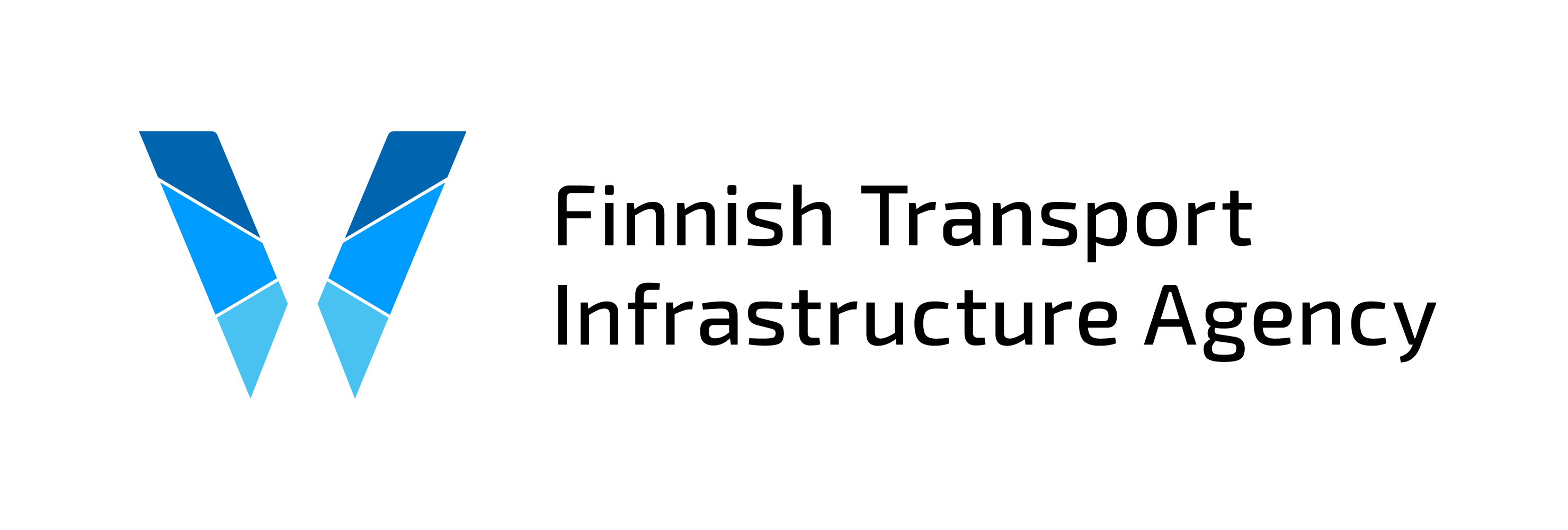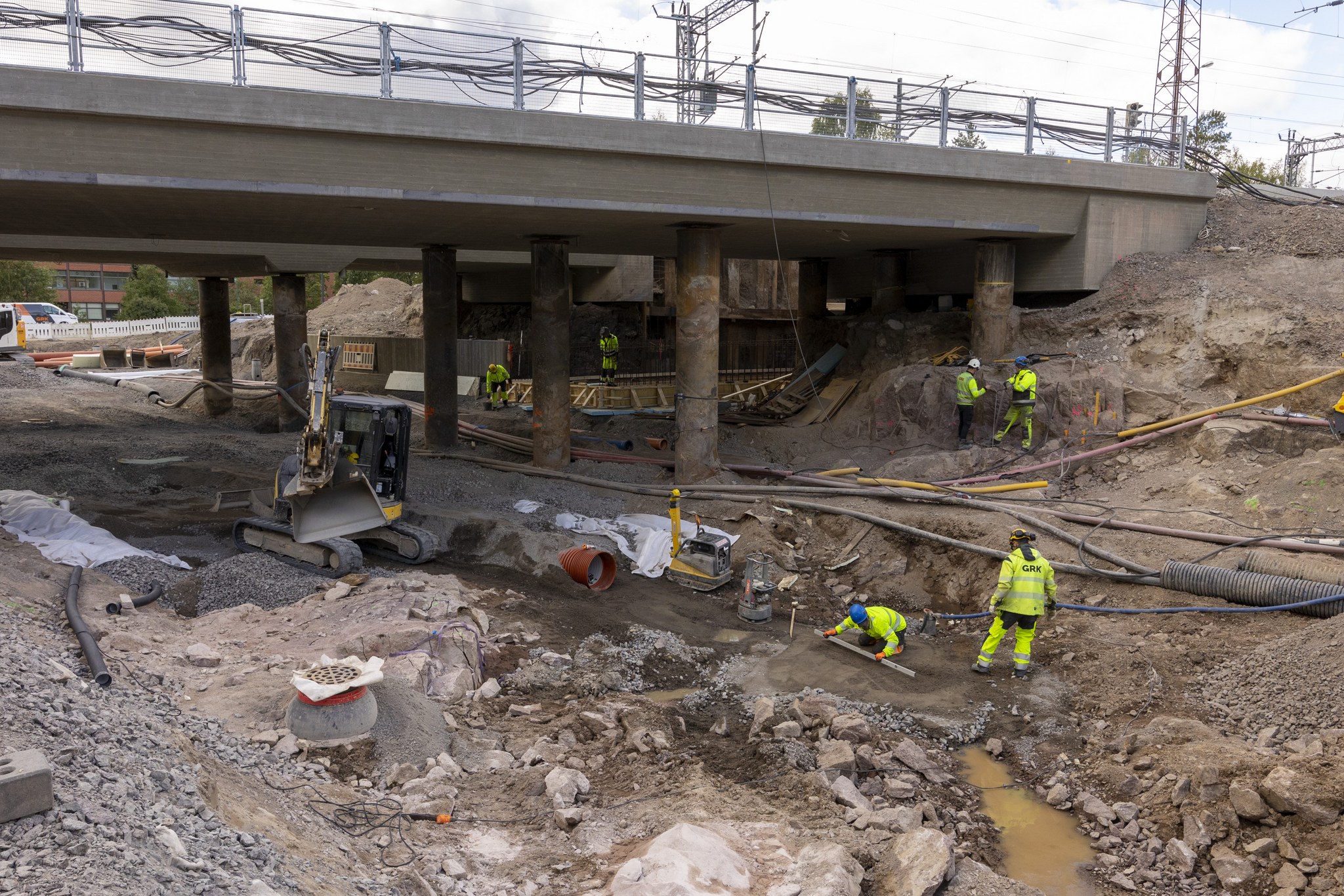“With the investment programme, we can take a more long-term approach to the development of the transport infrastructure,” explains Tapio Ojanen, Deputy Director, Transport and Land Use, at the Finnish Transport Infrastructure Agency.
The long-term approach is reflected in the fact that the investment programme, which was, presented in June 2022, covers a period of eight years (2023–2030). The programme is updated each year.
It is essential to approach the development of transport infrastructure on a long-term basis. This makes it easier for such actors as business operators to anticipate how Finland’s transport infrastructure will be developed.
According to Ojanen, ensuring more transparent decision-making is the second significant benefit of the investment programme.
“The investment programme has been introduced in response to the pork-barrel spending of the past years,” Ojanen says.
Each project proposed for the programme is thoroughly assessed and only the projects generating the most benefits will be approved for further consideration. In overall terms, the investment programme must meet the objectives set out in the National Transport System Plan (Transport 12). These objectives are efficiency, sustainability, accessibility, traffic safety and climate change mitigation.
“Finnish Parliament receives from us a list of feasible transport infrastructure projects and an expert view of their benefits and impacts. The investment programme does not limit Parliament’s decision-making powers and it can also approve additional projects,” Ojanen notes.
Updating of the investment programme has started
The Finnish Transport Infrastructure Agency collected feedback for the annual update of the investment programme by, for example, organising four discussion events in November.
“We received plenty of feedback and the discussions were quite useful. There is now more awareness of the investment programme and the programme framework. Most of the stakeholders welcome the fact that the investment programme puts transport infrastructure development on a more long-term and transparent basis,” Ojanen says.
However, in addition to praise, concerns have also been expressed.
“At the events, people voiced their concerns over rising costs and pointed out that with the same amount of money, less is achieved than in the past,” Ojanen notes.
These concerns are justified because the costs of transport infrastructure projects have risen rapidly this year and there is no change for the better in the short term. Insufficient funding makes the situation more difficult. Less money is allocated to transport infrastructure development projects in the Budget than is envisaged in the National Transport System Plan.
“There have also been worries about the way in which the security of supply and preparedness are taken into account in the investment programme update. The Finnish Transport Infrastructure Agency ensures that traffic runs smoothly in both normal conditions and in an emergency,” Ojanen explains.
The Russian invasion of Ukraine has impacted the traffic environment in Finland. These changes are taken into account in the investment programme. For example, we now know how the reduction in rail traffic in Russia has affected traffic flows in Finland.
The Finnish Transport Infrastructure Agency will publish the draft investment programme for the period 2024–2031 for comments in early spring 2023.
How to make good even better
The Finnish Transport Infrastructure Agency has about 40 persons working on the investment programme. According to Ojanen, the team is characterised by a high level of enthusiasm and motivation. Such matters as the assessment of the programme’s overall impacts are in the process of being improved. For example, it makes sense to assess the programme’s impacts on the accessibility of Finland as a whole at programme level rather than on the basis of individual projects.
“The investment programme is in a state of constant change and development,” says Ojanen summing up the investment programme work.
---
The investment programme
• The investment programme is a proposal for new rail, road and waterway projects and their impacts based on the information available to the Finnish Transport Infrastructure Agency.
• The financial framework of the investment programme in the Transport 12 plan for the period 2023–2030 amounts to EUR 3.4 billion.
• Most of the funding (EUR 2.7 billion) is allocated to transport infrastructure development projects.
• The investment programme does not include transport infrastructure projects that are already under way and that have received funding or projects without executive or planning capacity. Likewise, the planning projects for Suomirata, Turku One Hour Train and Itärata are not included in the investment programme as separate project companies have been set up for them.
• Read more about the investment programme

